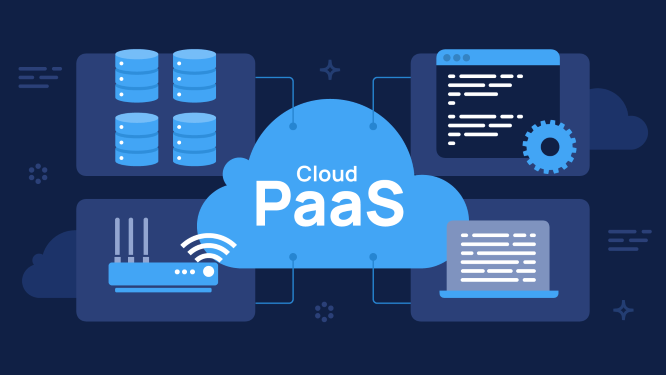
Service Category
Cloud Computing
Cloud computing is a transformative technology that has redefined how businesses and individuals access and manage digital resources. Instead of relying on physical hardware or localized systems, cloud computing allows data, applications, and services to be delivered over the internet, offering unmatched flexibility and scalability. It provides a cost-effective solution for storage, computing power, and software access, enabling organizations to focus on innovation rather than infrastructure maintenance.
Cloud computing empowers businesses to respond quickly to market demands by scaling resources up or down as needed. It fosters global collaboration, allowing teams to work seamlessly from any location while accessing the same tools and data in real-time.








.png)